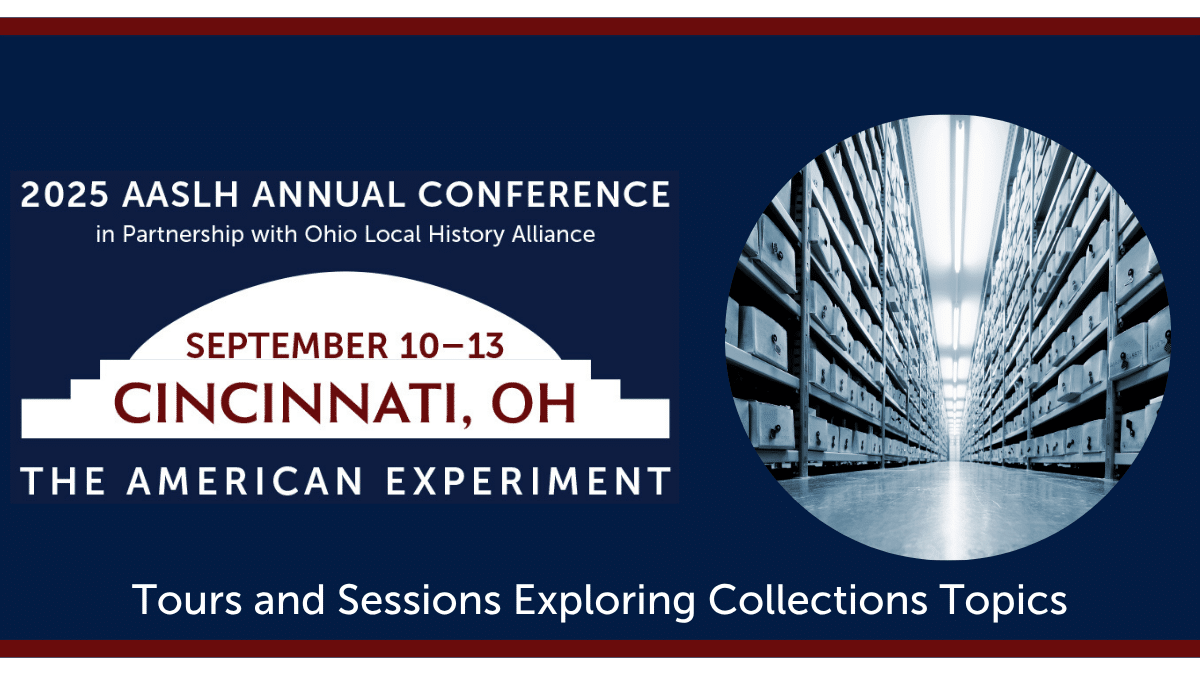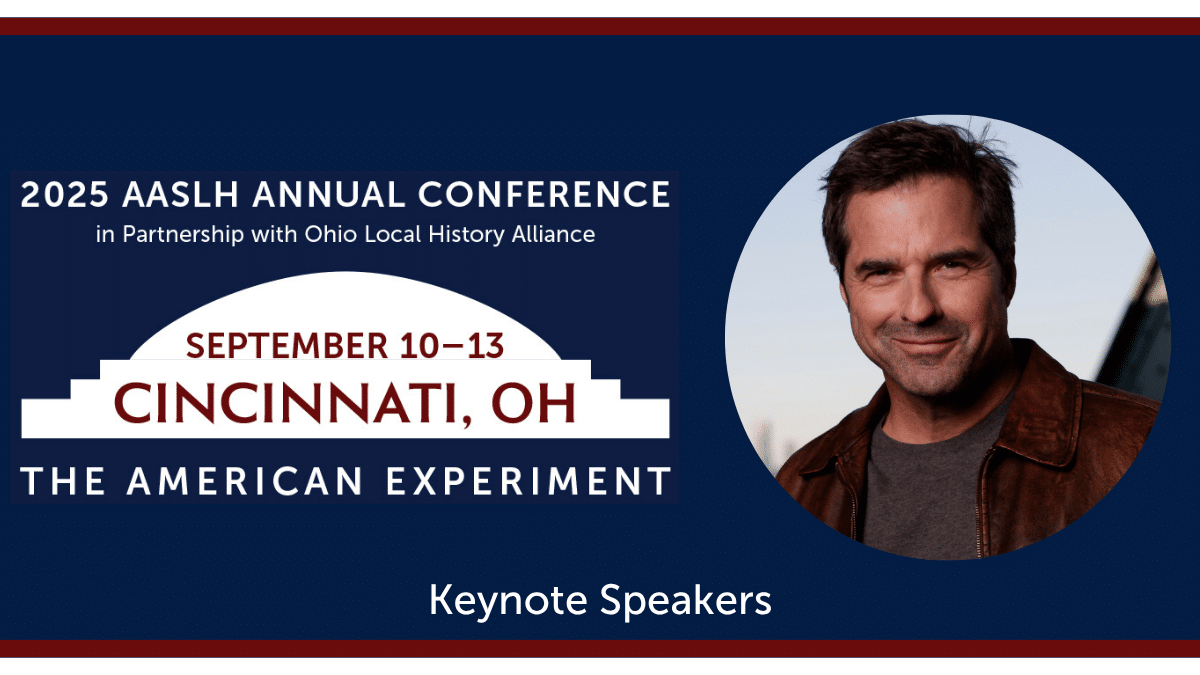As Paul noted in Part 1 of this blog, every opportunity in an academic museum comes with a trade-off. I, too, initially basked in the joy of autonomy and in knowing the university was paying utility and janitorial costs. Then there’s the financial security. While it’s always important to stay on budget, it’s also reassuring to know your department will cover slight deviations from projected gains or losses.
What a life! Unfortunately, you quickly learn this joy comes at a price – bureaucracy.
Gone are the days when your museum easily seized opportunities as they appeared. The demands of process, procedure, and paperwork now take precedence. Before any new activity wins official approval, your proposal must move through numerous risk assessment meetings.
When I arrived six years ago, I had a solid track record in grant writing. Financial and administrative costs have since dashed any dreams I had about continuing those efforts. This university-generated overhead leads to significant markups in grant requests. (Many schools are 50 percent or higher). Nothing upsets grantors faster than telling them your $50,000 project will cost $75,000 because the university is pocketing the difference.
You face similar challenges in other, more traditional development activities. Before you approach a donor, the university’s and the department’s development officers must clear your proposal. Then there’s our Office of Sponsored Programs. In certain cases, they make sure your appeal to a donor or corporation doesn’t conflict with another academic unit’s request.
Your museum and staff also sink and swim with the school’s reputation. When a crisis or controversy occurs, you’re rarely free to make a public statement defending your corner of the cosmos. Regardless of your personal beliefs or the damage your museum may suffer, you’re required to accept the central administration’s actions.
Academic environments are rich in diverse faculty and students who often provide considerable support through research, volunteers, and interns. Students are a unique audience with mercurial preferences; trying to engage them can be like hitting a moving target.
A more stable resource, however, has appeared in recent years. Increasing numbers of Americans are retiring to their former college towns and eagerly supporting academic museums.
As with any large public or private institution, those of us in academia learn how to work the system to get what we need, advance our agenda, and avoid added costs. Whenever the system knocks me down, I always regain my perspective by walking around our beautiful campus. Then I remember that, despite the aggravations we experience and the prices we often pay, a university can still be a great place to work.




